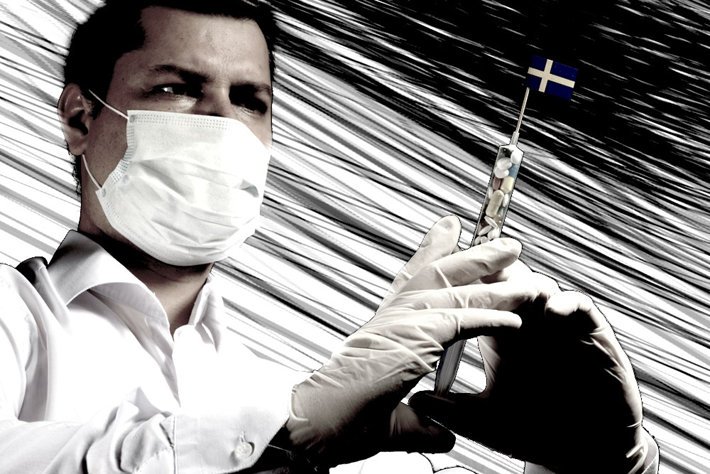Drug Treatment in Sweden

In 2016, around 38,000 people in Sweden entered drug treatment programs. The majority of these programs were outpatient rather than inpatient or residential. The estimate of the number of clients treated in different treatment settings should, however, be interpreted with caution, as it may be influenced by the availability of data. In general, the number of people entering treatment has increased in both inpatient and outpatient settings in recent years.
Treatment demand data indicate that a large proportion of people entering drug treatment are polydrug users. In particular, opioids and cannabis play major roles in causing people to need drug treatment. In the last decade, the treatment demand registration system in Sweden has undergone several changes, which should be considered when interpreting the data.
According to the most recent data available, in 2016, a total of 4,136 clients were receiving opioid substitution therapy (OST) in Sweden, most of whom received buprenorphine-based medication such as Suboxone or Subutex. OST has always been subject to strict regulation in Sweden. For example, some centres maintain a ‘zero tolerance’ toward the use of illicit substances while a person is in treatment. In this situation, if it’s found that clients are using illicit substances at the same time they are receiving OST, their receipt of OST is terminated and clients are referred to a different type of treatment.
I have worked with drug rehab for about 30 years. During this time I have seen huge changes in the ability of individuals to get help for drug addiction. Today, it’s much more difficult to find help—or should I say adequate help. The competition for work, residences and treatment is incredibly hard.
Even if you manage to get off drugs, your chance for a productive and drug-free life is limited. Many addicts find their life after rehab presents the hardest challenge. It’s possible to stop using drugs but after rehab is complete and the person goes home, he (or she) starts being hit by challenges and problems that he doesn’t know how to cope with. It’s at this point that many people who desperately want to stay sober will give up in frustration.
Narconon is a different kind of drug rehabilitation program. This program not only helps a person break free from drugs but it also helps each person develop the life skills they will need to overcome challenges and barriers after they go home. The life skills component of the Narconon program helps each person on the program gain the skills needed to achieve their plans and goals after they get home. When life is satisfying and a person is winning in life, there’s no need to reach for drugs again.
To learn more about the Narconon drug rehabilitation program and its various steps, please visit our webpage: www.narcononeurope.org
Source:
http://www.emcdda.europa.eu/countries/drug-reports/2018/sweden/treatment_en
